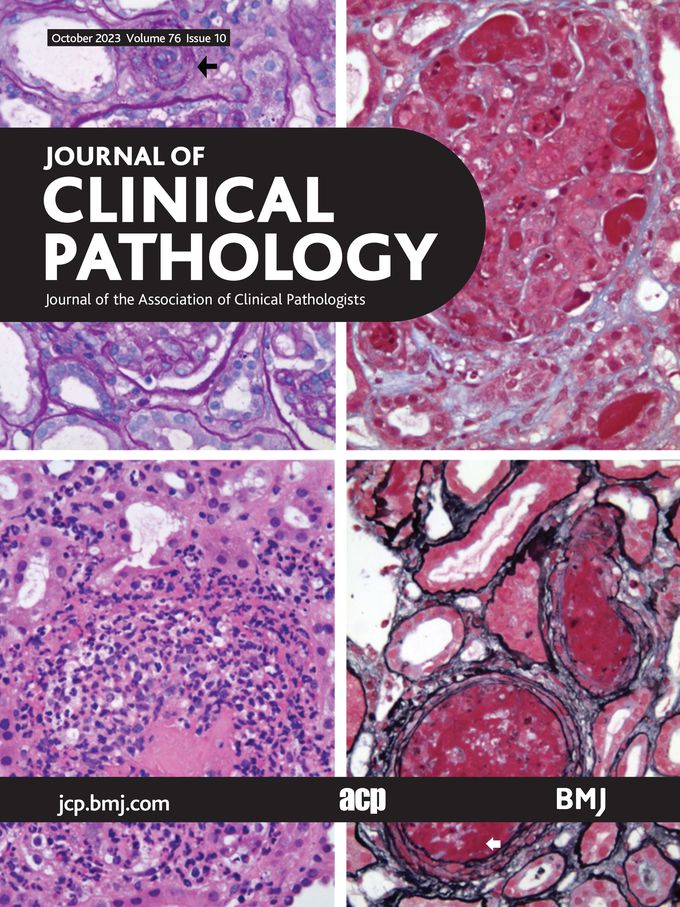


New autopsy technique in COVID-19 positive dead bodies: opening the thoracic cavity with an outlook to reduce aerosol spread
Aims After the advent of the COVID-19 pandemic, most countries have modified some of their health-related regulations. However, this has not been in the case of the postmortem of deceased because it has a legal aspect. Thus, the healthcare providers knowingly or unknowingly faced the threat of COVID-19 exposure from those dead bodies. To introduce an autopsy technique that reduces the droplet spreads, especially in those mortuaries where the biosafety mechanism is not highly equipped. Methods The validity of the new incision was achieved through the calculation of the Scale Content Validity Index (SCVI) taking inputs from 17 forensic specialists. The subjects for the new technique were selected from the patients who were RTPCR positive for COVID-19 or clinically or radiologically showing features of COVID-19. Results The dissection procedure was finalised by achieving the SCVI at 0.92. The chest cavity was approached through the abdominal cavity by opening the diaphragm and dissecting out the contents of the chest using a long blade knife. Conclusions The advantage of this approach is that the autopsy surgeon and pathologists do not have to open the chest cavity by dissecting the Sternum, and hence the chance of droplet infection becomes almost nil. This technique is complete, simple, less time-consuming and conducive for sample collection, and even reduces the possibility of body fluid seepage following a postmortem examination Data sharing not applicable as no datasets generated and/or analysed for this study.
Source: https://jcp.bmj.com/content/76/10/664
